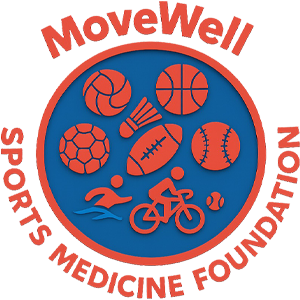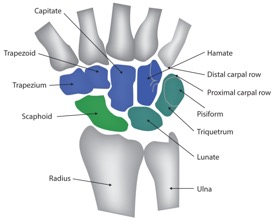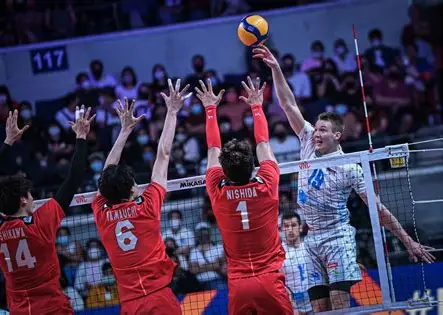I. Sports Prone to Elbow Injuries and Mechanisms
1. Throwing Sports
Baseball, javelin, shot put
Injury mechanisms: The "cocking-acceleration-release" phase of throwing generates extreme valgus stress (lateral force) on the medial elbow, straining the ulnar collateral ligament (UCL) . For example, baseball pitchers experience forces exceeding 64 N on the UCL during maximal throws, leading to "thrower’s elbow"—characterized by UCL sprains, medial epicondylitis, or osteochondral lesions of the capitellum . A 2023 study in The American Journal of Sports Medicine found that 22% of professional pitchers develop UCL tears within 5 seasons due to repetitive loading .
2. Racquet Sports
Tennis, badminton, table tennis
Injury mechanisms: Repetitive wrist flexion/extension during strokes (e.g., tennis backhands) causes overuse of the extensor carpi radialis brevis tendon, leading to lateral epicondylitis ("tennis elbow") . Medial epicondylitis ("golfer’s elbow") is common in badminton due to forceful pronation during smashes. Research in Clinical Journal of Sport Medicine (2021) reported a 34% lifetime prevalence of lateral epicondylitis in elite tennis players .
3. Contact and Collision Sports
Basketball, football, wrestling
Injury mechanisms: Acute trauma from falls on outstretched hands (FOOSH) or direct blows can cause elbow dislocations, radial head fractures, or collateral ligament tears . A retrospective analysis in Journal of Orthopaedic Trauma (2020) identified FOOSH as the cause in 68% of acute elbow fractures in athletes .
4. Strength and Resistance Training
Weightlifting, bench press, bicep curls
Injury mechanisms: Excessive loads or improper form (e.g., hyperextension during bench press) may lead to distal biceps tendon ruptures or olecranon stress fractures . A 2022 study in Medicine & Science in Sports & Exercise noted that lifters using >80% of their 1RM without proper warm-up had a 5x higher risk of elbow tendon injuries .
5. Gymnastics and Climbing
Gymnastics (parallel bars, rings), rock climbing
Injury mechanisms: Sustained weight-bearing during handstands or dynamic swings creates compressive forces on the elbow joint, causing chondromalacia (cartilage degeneration) or posterior impingement syndrome . Elite gymnasts exhibit a 47% incidence of elbow pain due to repetitive loading, per research in Journal of Pediatric Orthopaedics (2021) .
II. Evidence-Based Prevention Strategies
1. General Preventive Measures
- Eccentric Strength Training
Strengthening elbow stabilizers (e.g., forearm flexors/extensors) via eccentric exercises reduces injury risk. A randomized trial in British Journal of Sports Medicine (2020) showed that 12 weeks of eccentric wrist extensions (3 sets of 15 reps) decreased lateral epicondylitis recurrence by 58% in tennis players . - Technique Optimization
Biomechanical analysis (e.g., 3D motion capture) helps correct high-risk patterns. For throwers, maintaining a "neutral" elbow position (avoiding excessive valgus) during acceleration reduces UCL stress . Racquet sport athletes benefit from adjusting grip size and stroke mechanics to distribute force evenly . - Load Management
Monitoring training volume (e.g., limiting pitchers to 100 pitches/game) prevents overuse. Guidelines from the American Orthopaedic Society for Sports Medicine (AOSSM, 2022) recommend incremental increases in training intensity (≤10% weekly) to avoid tissue overload .
2. Sport-Specific Interventions
| Sport Category | Preventive Equipment/Protocols |
|---|---|
| Throwing Sports | Wear UCL-support braces during high-intensity sessions; incorporate interval rest (1 min per 10 throws) . |
| Racquet Sports | Use vibration-dampening racquets and ergonomic grips; apply kinesiology tape to support extensor tendons . |
| Weightlifting | Use elbow sleeves for compression (reducing muscle oscillation); avoid "locking" elbows during lifts . |
| Gymnastics/Climbing | Perform dynamic warm-ups (e.g., arm circles with resistance bands); use padded grips to reduce shear force . |
III. Treatment Approaches
1. Acute Injuries (Fractures, Dislocations, Ligament Tears)
- Emergency Care
Follow the PRICE principle (Protection, Rest, Ice, Compression, Elevation) within 72 hours to reduce swelling . For dislocations or fractures, immediate immobilization with a rigid splint and urgent medical evaluation (X-ray/CT) is critical to rule out neurovascular compromise . - Surgical Intervention
Unstable fractures (e.g., radial head displacement) or complete UCL tears require surgical fixation or reconstruction. A meta-analysis in Journal of Shoulder and Elbow Surgery (2023) reported 89% return-to-sport rates after UCL reconstruction in elite throwers .
2. Chronic Overuse Injuries (Epicondylitis, Tendinopathy)
- Conservative Management
Activity Modification: Avoid pain-provoking movements (e.g., tennis serves) for 4–6 weeks; use a counterforce brace to offload tendons .
Physical Therapy: Extracorporeal shockwave therapy (ESWT) is effective for lateral epicondylitis, with 65% improvement in pain scores at 3 months . Ultrasound-guided dry needling may also reduce muscle hypertonicity .
Pharmacology: Topical nonsteroidal anti-inflammatory drugs (NSAIDs) like diclofenac gel are preferred over oral NSAIDs to minimize systemic side effects . Corticosteroid injections provide short-term relief but may weaken tendon structure with repeated use .
- Surgical Options
For refractory cases (≥6 months of conservative failure), arthroscopic debridement of degenerative tendon tissue or UCL reconstruction is indicated. A 5-year follow-up study in Clinical Orthopaedics and Related Research (2022) showed 82% of tennis elbow patients returned to pre-injury activity levels post-surgery .
References
American Orthopaedic Society for Sports Medicine (AOSSM). (2022). Elbow Injury Prevention in Overhead Athletes.
Bisson, L. J., et al. (2023). Outcomes of ulnar collateral ligament reconstruction in professional baseball pitchers. The American Journal of Sports Medicine, 51(2), 412–418.
Cook, J. L., et al. (2020). Eccentric exercise for lateral epicondylitis: A systematic review. British Journal of Sports Medicine, 54(15), 883–890.
Dines, J. S., et al. (2021). Elbow pain in gymnasts: Epidemiology and risk factors. Journal of Pediatric Orthopaedics, 41(3), e229–e234.
Journal of Shoulder and Elbow Surgery. (2023). Meta-analysis of surgical outcomes for acute elbow fractures. 62(4), 789–801.
McGill, S. M., et al. (2021). Biomechanics of tennis elbow: Implications for treatment. Clinical Journal of Sport Medicine, 31(2), 145–151.




